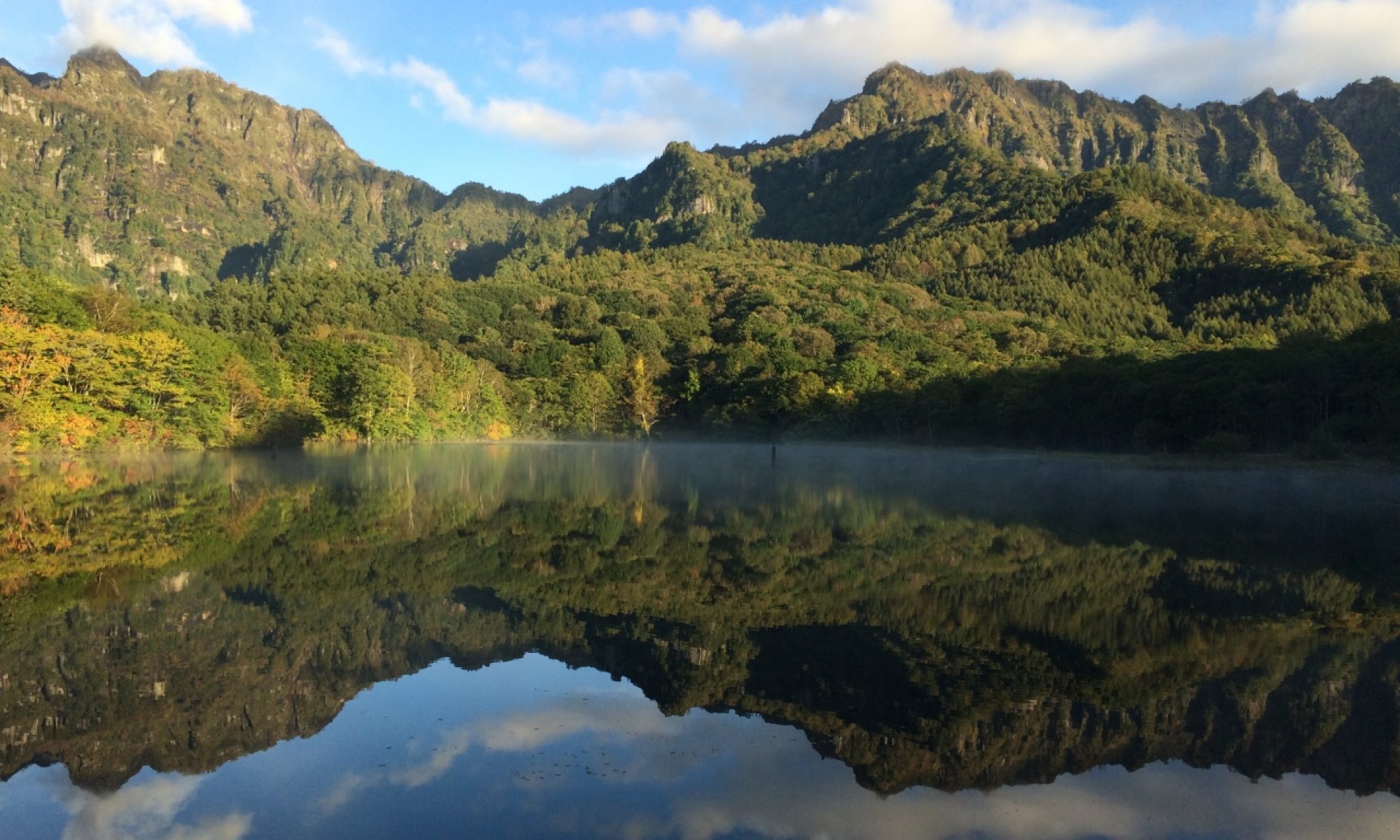 Philip Wang, Kent State University, Ohio, USA
Philip Wang, Kent State University, Ohio, USA
Kasumi Takahara, Nagano Prefecture Tourism Association
Roads are unique educational resources. They go through wilderness areas, and connect towns. They teach travelers about geography, ecology, and economy. Old roads such as the Silk Road over central Asia and Japan’s Tokaidoare valuable also for their heritage contexts such as historical events, arts, cuisine and festivals. The scenery and tradition of these roads attract people to experience and learn about them.
The Silk Road was a trade route spanning from Constantinople (Istanbul) to Xian. The travelers were caravan merchants, pilgrims and adventurers like Marco Polo. It was an important economic and cultural highway from the first century BC to the fourteenth century AD. In recent years, economic development in the Silk Road regions has brought both business travel and adventure tours.
In Japan, the TokaidoRoad was a major artery between Edo (Tokyo) and Kyoto, linking major cities such as Nagoya and Osaka. Its mountainous villages and coastal towns inspired art and literature such as Hiroshige’s Fifty-Three Stations of the Tokaido. Today Tokaidocontinues to be the center of Japanese economy and culture.
There are renewed interests in these historical roads for learning and experiential purposes, for example, to admire the natural scenery and to study folk customs. To promote these roads, it is imperative to establish a brand for each road, i.e., a recognizable visual image. Beyond image, there is also personality. Historical roads need a look and a brand personality. Together they project a public perception. Graphic designs such as book covers are useful for creating a positive and memorable perception. A book cover for the Silk Road or Tokaidois a branding tool.
According to the Attention-Interest-Desire-Action (AIDA) model of marketing (Kotler, 2001), first impression is important. A brand needs to get consumer’s attention, then continues with interest and desire and finally an action such as a purchase. Between the brand and the consumer there are congruity factors affecting interest and desire. This study intended to illustrate the relationship, beginning with graphic design (book covers) to capture viewers’ attention, then continuing with consumer-to-product congruity.
It has been suggested that a product or brand stands out with distinguishable personality characteristics to a consumer (Aaker, 1997). Brand personality subsequently becomes instrumental for consumer self-expression. This concept has been applied to outdoor activities (Dimanche & Samdahl, 1994). For example, mountain climbing is considered as a brand, its brand personality is tough, and mountain climber is a self-expression. Sirgy(1982) suggested that a high level of self-image to product-image congruity (self-congruity) is a major factor of purchase.
The study was conducted in two stages, with the Silk Road in the first stage and Tokaidoin the second. In the first stage, the Silk Road is regarded as a brand, featuring its landscape beauty and cultural heritage. A distinctive visual identity is essential to highlight Silk Road’s brand equity. Recognizing such a need, it is the purpose of the study to examine the images of the Silk Road (SR). Two research questions were posted: RQ1, what are the SR brand personalities? RQ2, how do people associate their self-image with SR’s brand personality? Two hypotheses were tested: (H1) SR brand personalities and visitor self-congruity are related; (H2) there is a psychographic difference among travelers with regard to brand personality perceptions.
Using a set of keywords for an Internet search, 129 graphic designs for book covers and tour advertisements were collected and organized into eight categories (e.g., culture and history, travelogue, travel guides). The researchers examined these graphics, and determined the visual “values” (Bell, 2004) in three classes: (1) focus (with five “variables:” animals, people, buildings, arts, other) and secondary variables (e.g., camels, horses placed under animals); (2) background (five variables, e.g., desert, mountain); (3) light (two variables: daylight, dim light). Frequencies of the values and variables were recorded. Thirty-four images representing the most frequent values and variables were selected and presented to focus group, which selected eight SR covers to represent the image of the Silk Road. The focus group also produces a 14-item measurement of SR brand personality based on Aaker’s (1993) brand personality scale. The eight images were shown to participants of a questionnaire survey.
The survey sample consisted of university student in the United States (N=109, 50% male, 51% female). The hypotheses were tested using Pearson correlations and t-test.
The top Silk Road personalities were outdoorsy, tough, intelligent, and spirited. Of the 14 SR brand personality items, 13 were significantly related to actual self-congruity; eight of them were significantly related to ideal self-congruity. Hypothesis 1, that SR brand personalities and visitor self-congruity are related, was mostly supported. No significant psychographic differences (the dependablesand the adventurers) was detected among the sample in terms of the 14 brand personality items. Hypothesis 2, that there is a psychographic difference among the sample regarding brand personality perceptions, was rejected.
The second stage of the study regarding Tokaidois an interactive activity to be conducted at the WEAJ conference. Sixteen book covers on the subject of Tokaidoare already collected from Internet search. During the WEAJ presentation, participants will be asked to choose eight images that they think are the most representative of Tokaido. Next, Aaker’s (1993) 12-item brand personality scales will be shown to the participants who will use them to rate Tokaidofor its brand personality.
An interactive discussion will include two questions: (1) what are desirable graphic images for the participants’ service institutions, e.g., symbols of a mountain, a trees, a river, Sun; (2) given Aaker’s (1993) brand personality scale, what brand personalities are desirable for the participants’ service institutions. The participants will have both a theoretical and an empirical understanding of graphics for wilderness education promotion.

